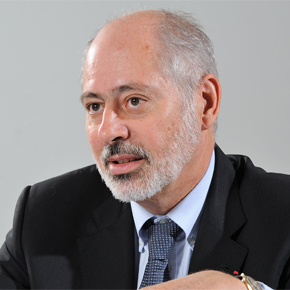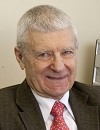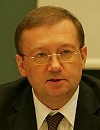 |
||
|
US Cold War Physicist Dies at 92 RIA Novosti, PUBLISHED 09.10.2013 A Cold War-era physicist who helped develop America’s nuclear arsenal and later persuaded US officials to buy bomb-grade uranium from Russia to mitigate the risk of nuclear conflict has died at age 92, The New York Times reported. Harold M. Agnew joined the team developing America’s atomic bomb in 1942 and was “the last surviving major figure to have been present at the birth of the nuclear age” before his death from chronic lymphocytic leukemia on Sept. 29, the Times reported. The White House adopted the idea and in August 1992 announced its plan to buy a minimum of 500 metric tons (550.14 tons) of bomb-grade uranium in a deal worth billions of dollars. The uranium was converted into fuel for nuclear reactors, generating electricity instead of destroying cities, the Times reported. Topics: USA Other news: The celebration ceremony of the first concrete installation took place at Tianvan NPP unit 4 The Chinese party was represented by officers from CNNC and JNPS. Russia Gives Iran Control of Bushehr Nuclear Plant Construction of the power plant began in the 1970s but was plagued by delays. Rosatom to Be Key Contractor in Finnish NPP Project – Putin Aide Finland currently operates four nuclear reactors in two power plants, all located on the shores of the Baltic Sea. |
Hero of the day 
Jacques Repussard: knowledge, independence, proximity They told me: "Mr Repussard, we're not used to responding to anti-nuclear organisations". To which I replied: "We will not reveal any state or trade secrets, but we will not leave them without any answer". INTERVIEW
Georgy Toshinsky OPINION
Alexander Yakovenko |

